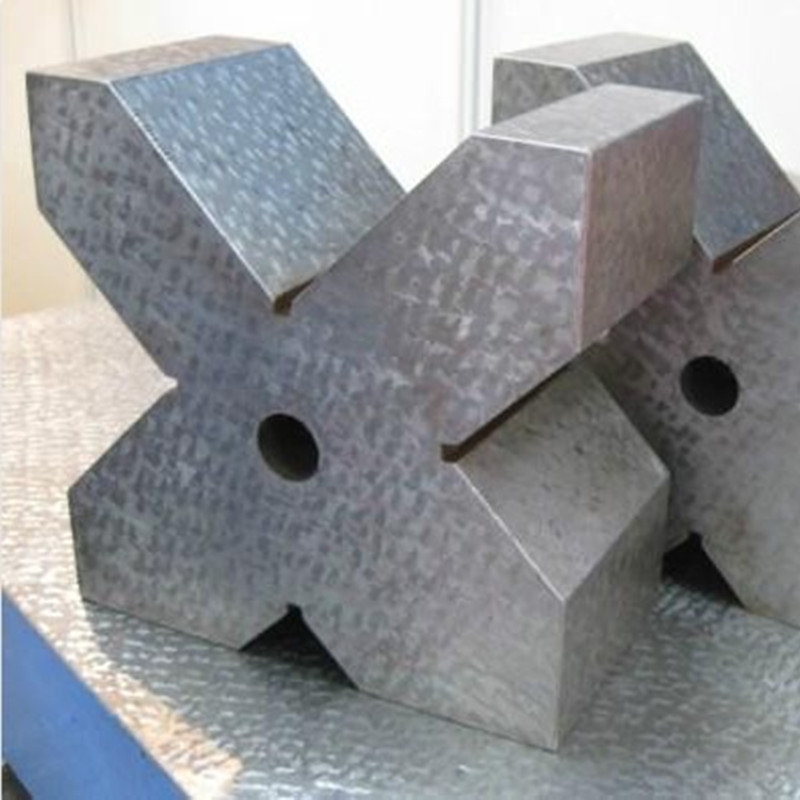ต.ค. . 19, 2024 13:02 Back to list
Understanding the Functionality of a Spirit Level Measuring Tool
Understanding the Spirit Level Meter A Guide to Precision in Measurement
The spirit level meter, often referred to simply as a spirit level, is an indispensable tool in construction, woodworking, and various other disciplines that require horizontal or vertical alignment. The history of the spirit level dates back to the ancient Roman era, but its modern design has evolved significantly, making it a staple for professionals and hobbyists alike.
The Mechanism Behind Spirit Levels
At its core, a spirit level consists of a sealed glass tube partially filled with liquid, typically a colored fluid like alcohol or mineral oil. Within this tube lies a small, air-filled bubble. The key principle at play here is that the bubble seeks to rise to the highest point, which will always align itself with the force of gravity. Consequently, when the spirit level is placed on a surface, the bubble moves within the tube and indicates whether the surface is perfectly level.
When the bubble rests between two marked lines on the tube, the surface is level. If the bubble drifts toward one end, it signifies that the surface is sloped in that direction. This simple yet effective mechanics allow users to ensure accuracy in their projects, making it easier to create structures that are not only aesthetically pleasing but also structurally sound.
Types of Spirit Levels
Spirit levels come in various forms, each catering to different needs and applications. The most common type is the standard spirit level, which typically has a length of about two to four feet. These levels are often made from durable materials like aluminum or plastic, ensuring they withstand the wear and tear of frequent handling on job sites.
spirit level meter

For more specialized uses, there are short spirit levels, which measure only a foot or so and are ideal for tight spaces, such as when aligning cabinets or shelves. Additionally, the torpedo level is a compact version that fits easily in tool belts, perfect for quick checks in plumbing or electrical work.
Another innovative variation is the digital spirit level. These advanced tools feature a digital display that gives precise readings of angle and pitch, making them particularly valuable in situations that require greater precision than what traditional levels can offer. Many digital spirit levels also come equipped with built-in alerts that signal when a surface is level, further enhancing usability.
Applications of Spirit Levels
The versatility of the spirit level meter makes it valuable in a wide array of applications. In construction, it is employed to ensure that foundations, walls, and other structural components are aligned correctly. In woodworking, carpenters rely on spirit levels to achieve flawless edge alignment and shelf positioning, which can be crucial for both functionality and appearance.
In addition to construction and woodworking, spirit levels are also used in the installation of fixtures, such as countertops, tiles, and cabinetry. Even in home improvement or DIY projects, a spirit level can make the difference between a professional-looking finish and one that appears rushed or poorly executed.
Conclusion
In summary, the spirit level meter is more than just a simple tool; it represents a long-standing tradition of precision and accuracy in measurement. With various types and applications, this tool is an essential part of many trades. As technology continues to advance, the spirit level has adapted, incorporating digital technology to enhance its functionality. Whether you're a seasoned professional or a novice DIY enthusiast, understanding how to use a spirit level effectively can significantly impact the quality of your work. Embrace the spirit level meter, and let it guide you toward achieving true horizontal and vertical perfection in all your projects.
-
Why Metric Trapezoidal Thread is Ideal for Precision Motion ControlNewsAug.05,2025
-
The Unique Properties of a Block of Granite for Industrial UseNewsAug.05,2025
-
The Role of Flanged Y Strainers in Preventing Pipeline ClogsNewsAug.05,2025
-
The Importance of Regular Calibration for Master Ring GagesNewsAug.05,2025
-
How a Cast Iron Surface Table Enhances Accuracy in ManufacturingNewsAug.05,2025
-
Comparing Different Check Valve Types for Optimal Flow ControlNewsAug.05,2025
Related PRODUCTS









